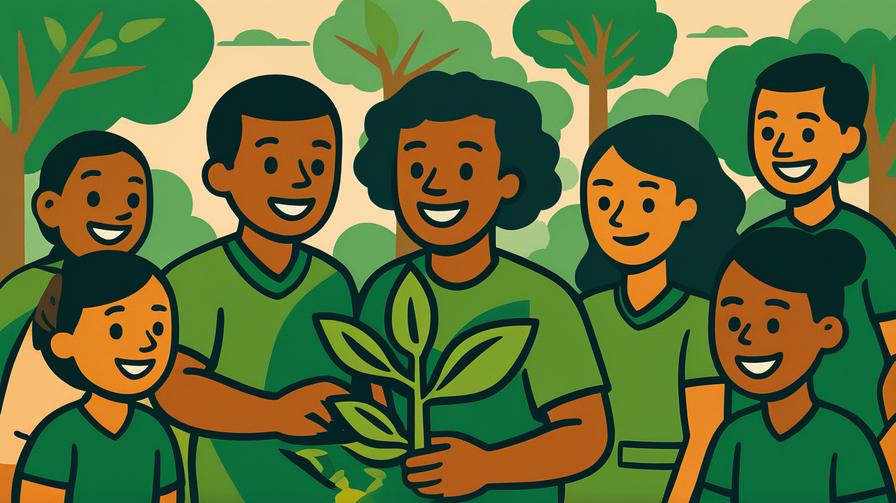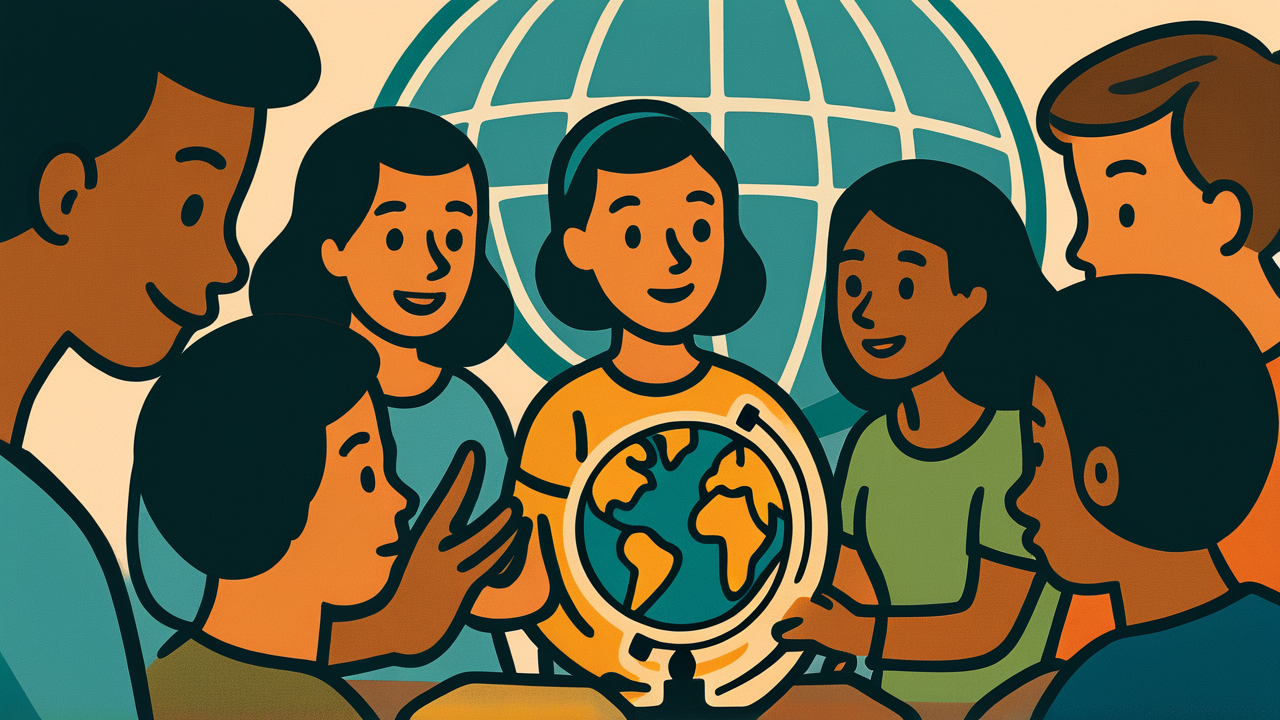[Disclaimer] This article is reconstructed based on information from external sources. Please verify the original source before referring to this content.
News Summary
The following content was published online. A translated summary is presented below. See the source for details.
On July 22, 2025, Environment and Climate Change Minister Julie Dabrusin announced a major investment in Canada’s youth environmental education. The government will distribute over $14.4 million from the Climate Action and Awareness Fund to support 17 diverse projects across the country. These initiatives aim to enhance environmental literacy among young Canadians, preparing them to address climate challenges and pursue green careers. The funding represents one of Canada’s largest single investments in youth environmental education. Projects will range from hands-on conservation work to technology-based climate solutions, indigenous-led land stewardship programs, and green job training initiatives. This investment acknowledges that today’s youth will be tomorrow’s climate leaders and need proper tools and knowledge to succeed.
Source: Environment and Climate Change Canada
Our Commentary
Background and Context

Environmental literacy goes beyond knowing about recycling – it’s understanding how Earth’s systems work, how humans impact them, and how to create sustainable solutions. For young Canadians, this knowledge is becoming essential for almost every career field, from engineering to business to healthcare.
The Climate Action and Awareness Fund uses money from environmental penalties – when companies violate environmental laws and pay fines, those funds support positive environmental projects. It’s like turning environmental damage into environmental education and action.
Canada faces unique environmental challenges: Arctic ice melting, forest fire increases, coastal erosion, and shifting wildlife patterns. Young people in different regions need localized knowledge to address their specific challenges while understanding global connections.
Expert Analysis
With $14.4 million split among 17 projects, each receives approximately $847,000 – enough for substantial multi-year programs. These aren’t just classroom lectures; effective environmental literacy combines science education, practical skills, indigenous knowledge, and real-world problem-solving.
The timing aligns with Canada’s climate commitments. To reach net-zero emissions by 2050, Canada needs thousands of workers skilled in renewable energy, sustainable agriculture, green building, and ecosystem restoration. Today’s teenagers will be in their 40s by 2050 – prime leadership years for achieving these goals.
Successful environmental education programs typically include mentorship, hands-on projects, connections to employers, and pathways to further education or careers. They also address “eco-anxiety” by empowering youth with practical skills to make a difference.
Additional Data and Fact Reinforcement
Canadian youth show remarkable environmental engagement. Over 500,000 young Canadians participated in climate strikes in 2019. Surveys indicate 83% of Canadian youth consider climate change a critical issue affecting their future decisions about careers and where to live.
Green jobs are Canada’s fastest-growing employment sector, with positions in clean energy, conservation, and sustainable technology expected to triple by 2030. However, employers report difficulty finding workers with appropriate environmental knowledge and skills.
The 17 projects likely serve diverse communities – urban youth learning sustainable city planning, rural students studying regenerative agriculture, coastal communities addressing ocean changes, and northern youth documenting Arctic transformations. Each region’s unique challenges require tailored approaches.
Related News
This announcement complements other youth climate initiatives. The federal Youth Climate Corps provides paid positions for environmental work. Provinces are integrating climate education into school curricula. Universities report surging enrollment in environmental programs.
Indigenous-led environmental education is particularly important, as Indigenous peoples protect 80% of the world’s biodiversity despite being 5% of the global population. Several funded projects likely incorporate traditional ecological knowledge.
Summary

The $14.4 million investment recognizes that environmental literacy is no longer optional – it’s essential for Canada’s economic and environmental future. These 17 projects will equip thousands of young Canadians with knowledge, skills, and networks to tackle climate challenges while building meaningful careers. For students wondering how to channel their environmental concerns into action, these programs offer concrete pathways. Whether through scientific research, community organizing, green technology, or policy work, environmentally literate youth will shape Canada’s sustainable future.
Frequently Asked Questions
How can I participate in these programs? Watch for announcements from the 17 funded organizations through schools, community centers, and environmental groups. Many will recruit participants through online applications and school partnerships.
What age groups do these programs serve? While focused on youth, programs typically serve ages 15-30, with some including younger students or recent graduates. Each project defines its own age range based on activities.
Do these programs lead to actual jobs? Many environmental literacy programs include job placement components, internships, or connections to green employers. They’re designed to build both knowledge and career pathways in the environmental sector.


